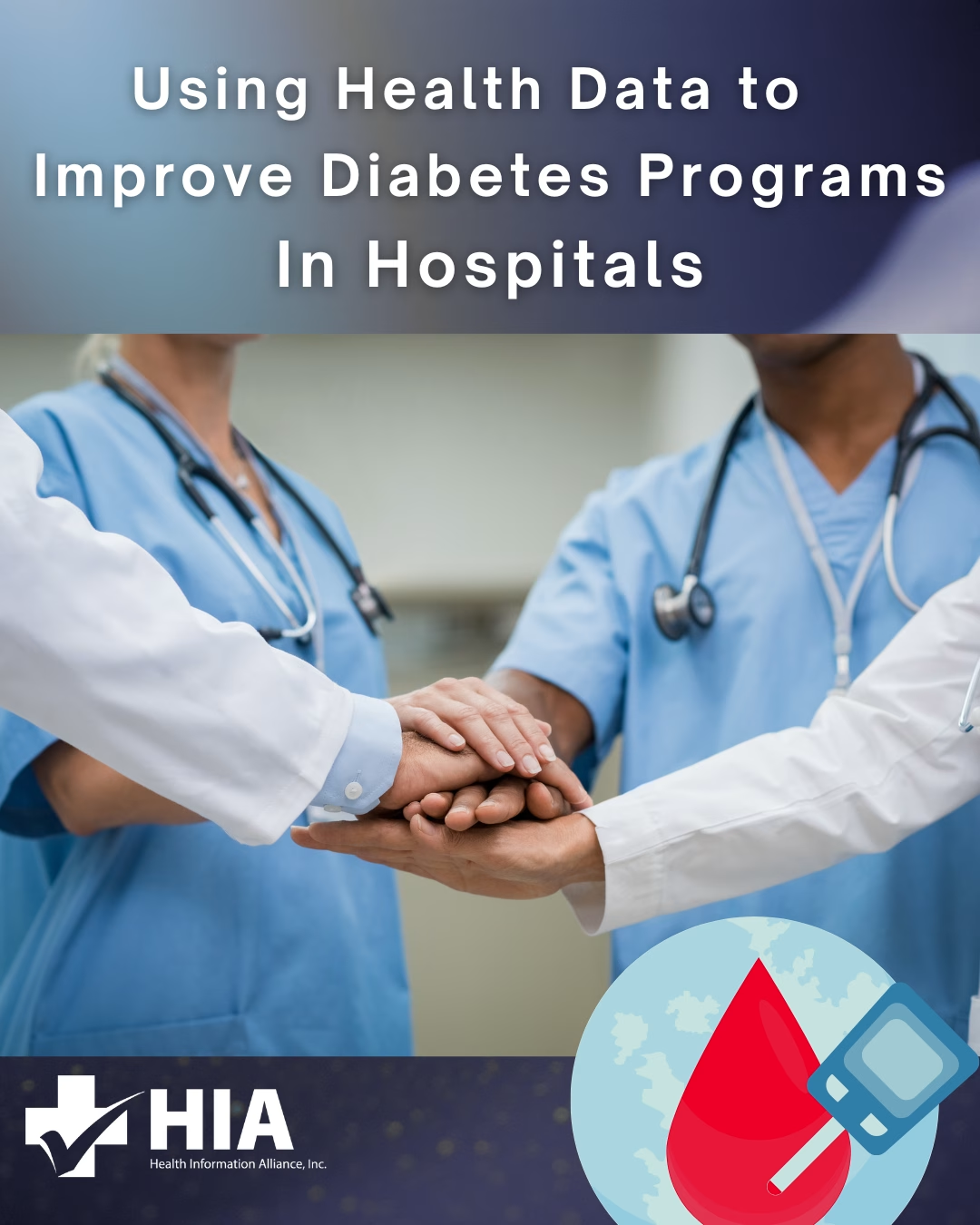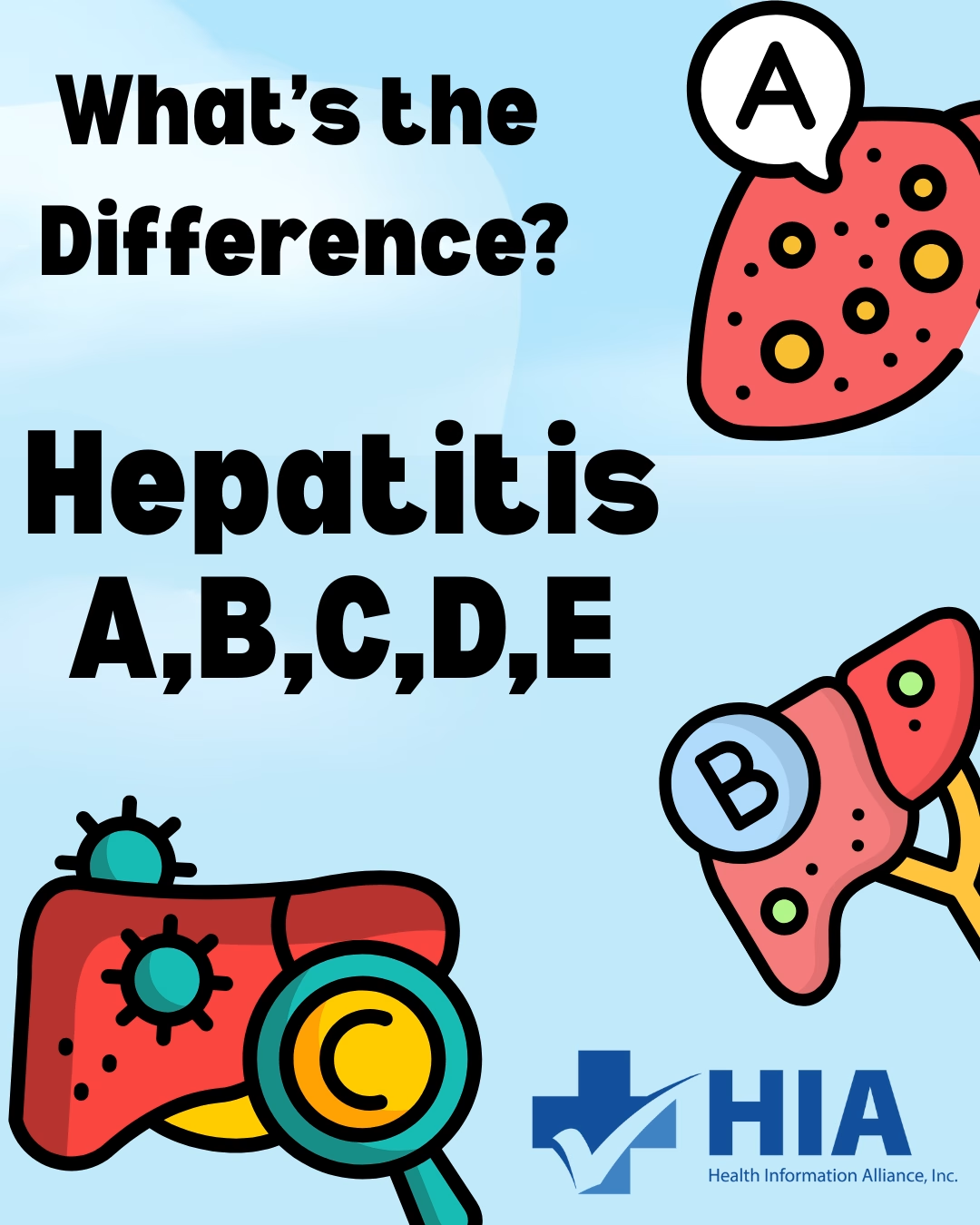What is Sepsis?
Sepsis is a potentially life-threatening condition that occurs when the body’s response to an infection damages its own tissues. The infection triggers a chain reaction throughout the body, causing organs to function poorly and abnormally. Without appropriate medical care, sepsis can rapidly lead to tissue damage, organ failure, and death.
Signs and Symptoms of Sepsis:
- High heart rate or weak pulse
- Fever, shivering, or feeling very cold
- Confusion or disorientation
- Shortness of breath
- Extreme pain or discomfort
- Clammy or sweaty skin
- Systolic blood pressure less than or equal to 100 mm Hg
- Respiratory rate higher than or equal to 22 breaths a minute
Sign and Symptoms of Septic Shock:
- Need for medication to maintain systolic blood pressure greater than or equal to 65 mm Hg
- High levels of lactic acid in your blood
The Interview
Here at HIA, we offer a multitude of services, including sepsis abstraction. We interviewed two of our very own HIA employees to speak to us more about sepsis, Sara Reed, our Sepsis Coordinator, Stroke Coordinator, and Medical Data Abstractor and Lisa Olszanska-Rivera, Assistant Manager of Data Operations.
How do you identify sepsis?
For sepsis you have to have a source of infection, externally or internally. If someone is not feeling well, running fevers, and/or fatigued, they should seek medical attention.
With sepsis, you first have your vital signs changing, heart rate, respiratory rate, and temperature starts increasing. When severe sepsis is occurring, it starts shutting down your internal organs, also known as septic shock. If you go into septic shock before seeking medical attention, more severe issues will occur.
What makes sepsis so dangerous?
Sepsis is a time-sensitive condition, as it can progress very quickly and severely. Early intervention saves lives, which is why it’s extremely important for medical providers to recognize sepsis to order the right order sets. All people should know the signs and symptoms of sepsis because acting fast saves lives!
What kind of infection do doctors look for when looking for sepsis?
Viruses, like COVID-19 and influenza, are treated a bit differently than bacterial sepsis. Doctors are looking specifically for bacterial infections when looking for sepsis.
What do you look for when abstracting sepsis?
We look for the A, B and C criteria. A is infection source, B is two SIRS criteria, increased white blood cells, heart rate, respiratory rate, and temperature, and C is organ disfunction, any kind of respiratory failure, intubation, new CPAP or BiPAP, elevation in INR and T-Belly, decrease in platelet count (<100), hypotension (BP <90, MAP <65) and lactic >2. We look at these over a 6-hour period and if criteria are met in that 6-hour period, the patient does meet severe sepsis.
If severe sepsis is met, then bundles are run. In the 3-hour bundle, patients must have antibiotic blood cultures, the initial lactic within 3 hours of meeting severe sepsis. In the 6-hour bundle, patient must have repeat lactic if lactic was >2,
If they meet septic shock, there is another 6-hour bundle. If they meet initial hypotension within a 3-hour period, either 6 hours prior or 6 hours after severe sepsis, then would have to give the target fluid volume or a reason why they are not giving target fluid volume. If they give fluids, nurses must check BP within one hour after giving target fluid volume. If persistent hypotension is present within that time frame, they have 6 hours to get a vasopressin. Once they meet septic shock and after fluids are started within 6 hours of septic shock, patients must be given a repeat exam that is provider documented.
What are the criteria for suspected COVID patients?
Anytime there is any sort of suspected COVID documented by a provider, which could be a physician, PA, nurse practitioner, or co-signed by a provider, it automatically excludes the case. This can be unfortunate because the case has been passed and patient is negative from COVID, but if suspected COVID is put in documentation it is excluded. This is because the fluids for sepsis will put COVID-19 patients into fluid overload and acute respiratory failure.






